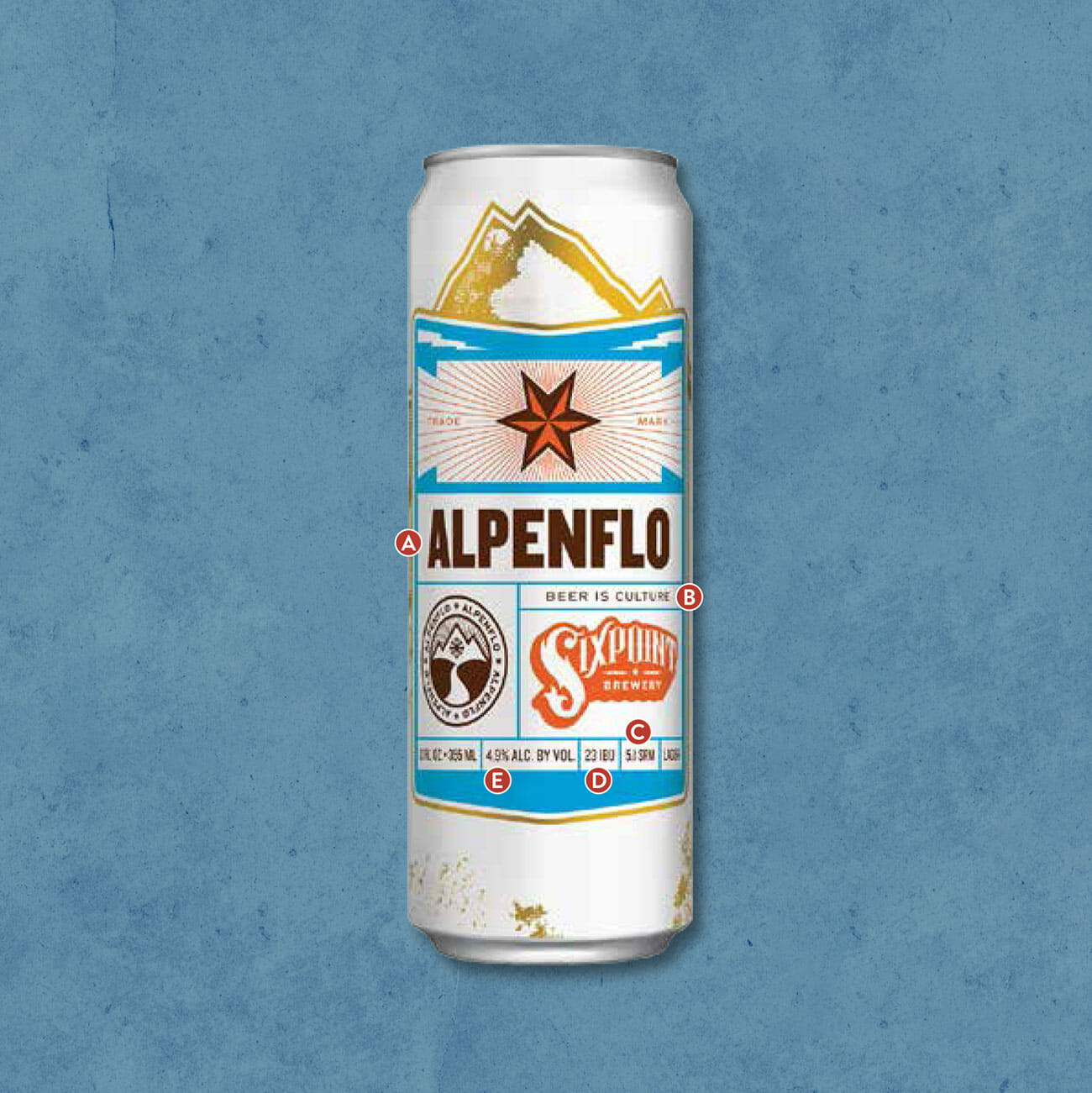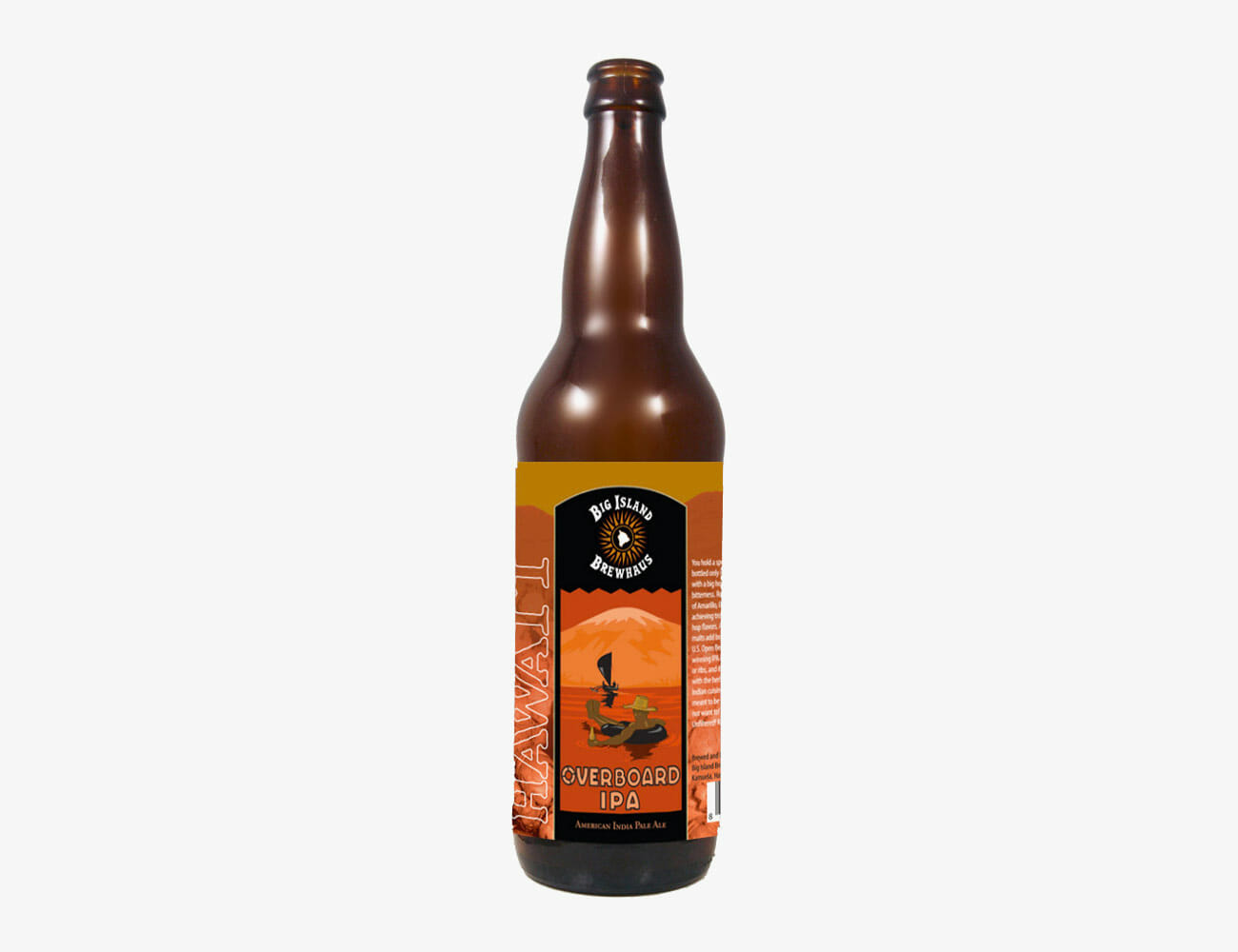This excerpt is from Joshua M. Bernstein’s Drink Better Beer, which is available now.
As America closes in on being home to 8,000 breweries, beer labels are becoming more and more important as a way to stand out from the crowd. Catching a customer’s eye in the beer aisle or in the fridge at a bottle shop is a major victory as the competitive landscape changes.
But you as a customer should not be buying a beer simply because you like the artwork on the can — you’re savvier than that. Instead, it’s important to know what you’re looking at and what everything on a beer label means.
Author and beer journalist Joshua M. Bernstein has just published his fifth book around beer, Drink Better Beer. It’s full of helpful information and stories about the growing craft beer world like why you should drink lager, the evolution of the IPA and how to read a beer label.
Every beer label tells a story about the liquid. Here’s your handy cheat sheet to a beer label’s most common acronyms.


A. Name
The brewing industry will never run dry on puns.
B. Tagline
Marketing speak designed to impart a brand’s desired vibe or personality.
C. SRM
The Standard Reference Method is used to measure a beer’s color. A straw-pale pilsner will measure 2, while a pitch-black imperial stout will be north of 40.
D. IBU
The international bitterness units scale is a measure of a beer’s perceived bitterness. Generally speaking, the lower the number, the less bitter a beer will be. IBUs don’t exist in a vacuum, and a beer’s strength, acidity, and sweetness play a big role in how you register bitterness.
E. ABV
Alcohol by volume measures, duh, the amount of alcohol in a beverage. For example, lagers hover around 5 percent ABV, while double IPAs hit 8 percent ABV or higher. Do basic math to monitor your intake. To wit: A 10 percent triple IPA isn’t just 3 percent more potent than a 7 percent IPA. It’s more than 50 percent stronger.




